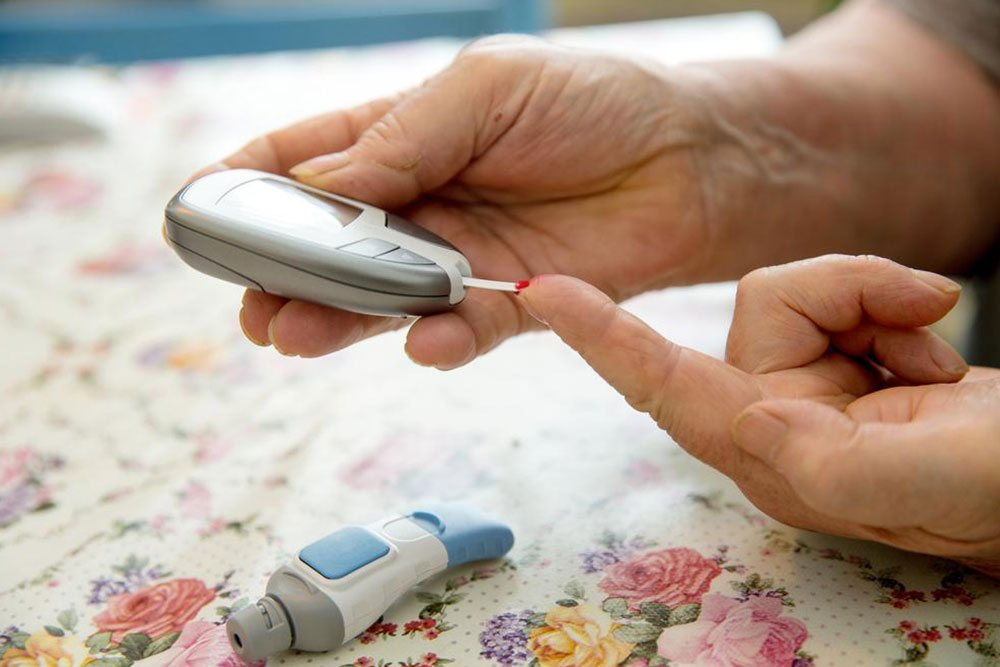Everything you need to know about diabetes
Diabetes, which is often called diabetes mellitus by doctors, refers to a group of metabolic ailments where a person has high blood sugar. This condition is either caused by inadequate production of insulin, or when the body does not respond properly to the produced insulin. Typically, people with high blood sugar undergo the symptoms of polydipsia, polyuria, and polyphagia. In 2013, it was estimated that over 382 million individuals all across the world undergo diabetes treatment. Needless to say, the number has increased over these years.
What are the key diabetes symptoms?
It is possible to suffer from diabetes with mild levels of symptoms, while there are people who have no symptoms at all.

Frequent urination: When the insulin is ineffective, the kidneys are not able to filter the glucose to go back in the blood. The kidneys, therefore, take the water from the blood for diluting the glucose, which in turn fills up the bladder and leads to frequent urination.
Extreme thirst: When an individual urinates more than required, it is needed to be replaced with water. As a result, it makes the concerned individual feel thirsty.
Uncontrollable hunger: Since the insulin isn’t working as required, the body may need more energy in the form of more food.
The other diabetes symptoms include unexplained weight loss or weight gain, blurred vision, irritability and extreme fatigue. Therefore, it is important to undergo the right diabetes treatments and take diabetes medications along with adopting lifestyle changes.
How to get rid of diabetes?
Diabetes Type 1 and Type 2 does not have a cure yet. But there are possible ways to control the symptoms and keep the blood sugar levels under control.
Exercise: The diabetes leg pain treatment mainly constitutes diet changes and regular exercise. It is also important to undergo foot pain treatment since these two are the most common harmful effects of high blood sugar. You should first aim to bring down the blood sugar levels to prevent any further damage to the concerned nerve. Low-impact exercises such as swimming, running, and simple walking is highly effective in treating diabetes.
Medications: If the foot pain is very intense, you can consider taking over-the-counter medications or those prescribed by your doctor. Make sure it is a low dose for controlling the symptoms.
Antidepressants: Even though this class of medicines is mainly meant for reducing depression, it can also help in reducing foot pain in the nerve. In most cases, these medications lead to some side effects such as dry mouth, dizziness, sweating and fatigue. You should consult with your physician before using these medicines as they are detrimental to people with cardiac ailments.
There are also alternative treatments for reducing the pain and swelling in the foot caused by diabetes. You can opt for meditation, hypnosis, acupuncture and biofeedback as a means of reducing the ill-effects of diabetes.

